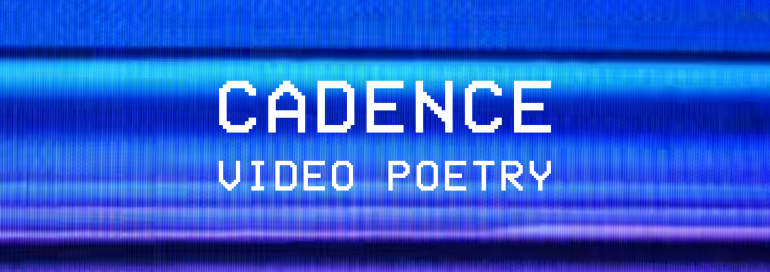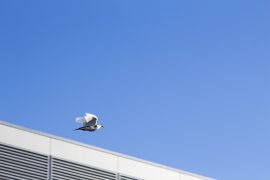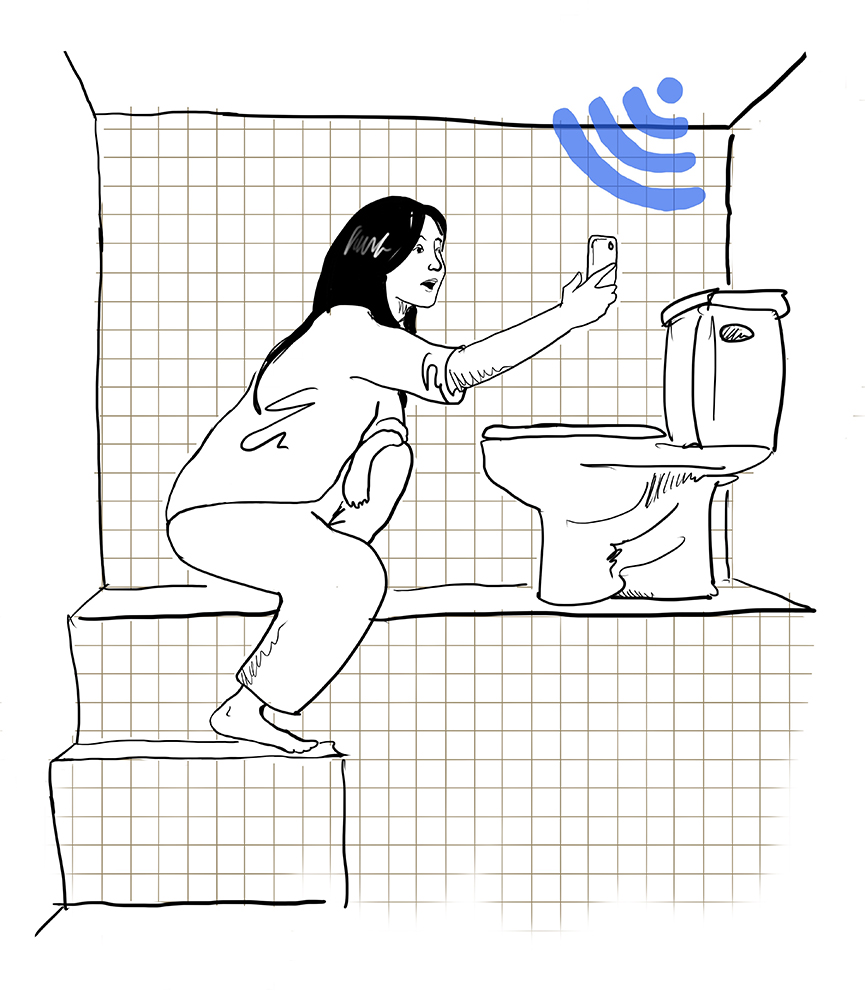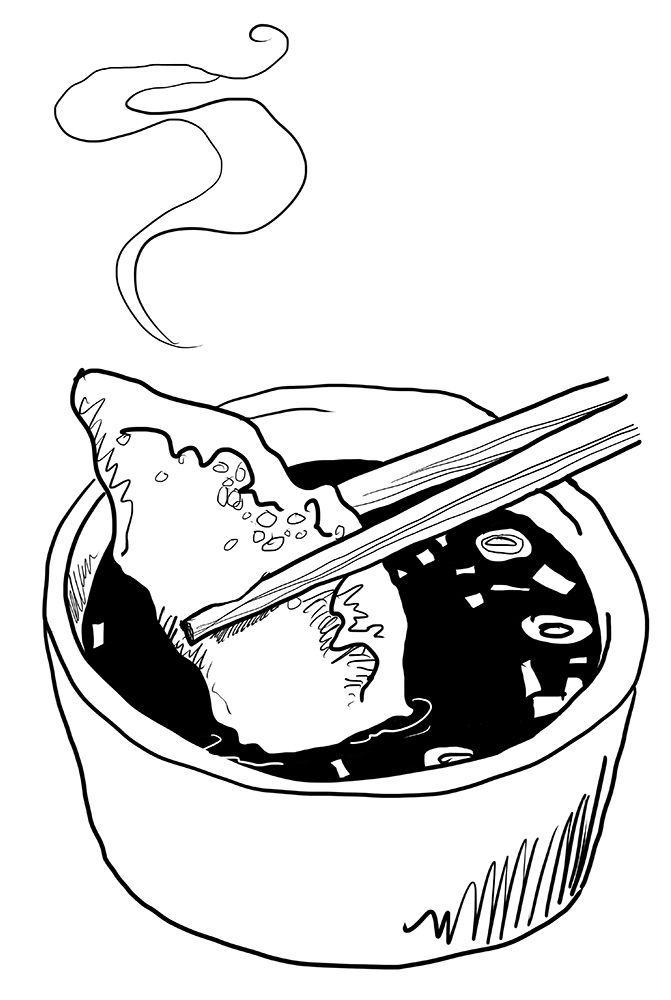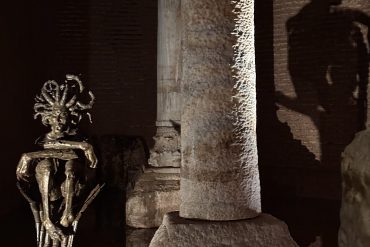I’ve attended countless poetry and film festivals over the years, but this was my first experience at a video poetry festival. The moment I saw an announcement for the Cadence Video Poetry Festival on social media, I knew I couldn’t miss going to see it in Seattle; my curiosity was instantly piqued. Unlike traditional events where words and visuals often exist separately, this festival promises a fusion that captivates both the ear and the eye, blending the beauty of poetry with the dynamic flow of short films.
I attended the festival on Saturday, April 20th, and also spent the weekend immersed in their video poems online. The films varied greatly, some lasting just a few minutes, while the longest stretched to more than half an hour. The artworks were not only from the US but also from Canada, the UK, and more. This blend intrigued me as it provided a unique platform where filmmakers and poets not only could coexist, but collaborate to create something entirely new.
I was thrilled to get the chance to speak with the festival’s co-directors, Chelsea Werner-Jatzke and Rana San, who, for the past seven years, have been instrumental in shaping this avant-garde artistic experience. Their vision for integrating poetry and film not only challenges other conventional forms of storytelling, but also opens up many new possibilities for creative expression.
The festival was held in person from April 19th to the 21st at the Northwest Film Forum in Seattle. The online version will be available until April 28th. This year features four main themes that can be described as boundaries between dreams and reality, inner and outer sides of ourselves, “Disruptive Truths,” and “Memory, Lineage, and Rebirth.”
I’m excited to inform you that the festival’s next stop will be here in Portland at the end of this June! I would like to thank Rana and Chelsea for their time and insightful responses, showing the creative processes behind organizing this event and helping to push the boundaries of how art can be experienced.

Guzide: What inspired you to combine video and poetry, and how did this idea evolve into a festival?
Chelsea: My first foray into video poetry was unintentional. In a dream, I saw an image very clearly, it was a sheet full of unintelligible letters. Coming from a writing background, I was pulled to examine this experience of a text that existed in my head visually, but that I could not read. As a writer, I examined this in writing but the resulting poem felt incomplete without the image as integral to the understanding. In collaboration with visual artist Shaun Kardinal, I made my first video poem and quickly realized that I didn’t know where to share this work since it didn’t fit neatly within the literary world. Exploring opportunities for publication and screenings I discovered video poetry festivals taking place around the world and noticed that there were none in the Pacific Northwest, and very few in the US in general.
Rana: Chelsea and I were friends and had a great working relationship from our museum days together. At the time we decided to launch a video poetry festival in 2018, I had just begun working at Northwest Film Forum (NWFF), a cultural hub for artist-driven experiments and experiences. We took a chance, not knowing how much interest, if any, there would be from artists and audiences. Delighted by the momentum of the first year—from submissions we received, audiences who attended, and guest artists who traveled to the festival—we decided to keep going, incorporating Cadence into NWFF’s core annual programs. Seven years later, though I recently moved on from the NWFF, the festival comes to life every April during National Poetry Month.
Guzide: Rana and Chelsea, you are both deeply passionate about language and filmmaking. Which of these elements tends to have a stronger influence on your artistic expression?
Rana: As an inter-media artist working primarily between dance, film, writing, and occasionally visual art, I aim to honor how a piece wants to be expressed, whether through text, visuals, or movement. I always carry a notebook with me and keep a meticulous dream journal, so I have a lot of material to draw from. When I’m making new work, the language and visuals often form on parallel tracks. I’m currently developing an experimental documentary threading matrilineal stories of origin, immigration, and liberation for which I’m collecting visuals first (Super 8 film, 120mm photographs, eco-prints on paper); the accompanying script of braided stories and poetic interludes will be developed during a writing residency this summer and will in turn prompt capturing additional footage. Interplay is key, so each medium holds weight.
Chelsea: I am a writer first and foremost. I’ve kept a journal since I was six and have two degrees in creative writing. It is also how I earn a living. Whether a project starts with an image or starts with a word, and regardless of what the outcome looks like, writing is the medium through which I process a creative idea. For instance, my current work in progress is a dance piece with movement based on super 8 home movies of my mother before I was alive. Because I had access to a large studio space during a 2023 residency, this piece started with visuals and movement that required a decent bit of physical space. I then made sense of and gave form to the footage, drawings, and movement I was working with through Laban dance notation and a poem that is currently functioning as the choreography for the dance steps.
Guzide: Could you describe the process of selecting artists for the festival? Beyond poetry and digital art, what other art forms can attendees expect to see?
Rana: For the 7th annual festival we formed a screening team comprised of former Cadence artists-in-residence who each viewed and rated a segment of the submissions in consideration. Through group discussions on the outstanding works, we formed four showcases around the emerging themes centering loosely around dreams, identity, resistance, and rebirth. We annually screen over 50 works in many languages, with a quarter of them made by artists in the Pacific Northwest.
Chelsea: Artists around the world are combining poetry with dance, documentary, and narrative film practices. This year included a strong representation of works that might more readily be considered short films but that take poets and poetry as their subject matter and prominently feature lyric verse as crucial to the narrative or dialogue. We tend to make room for work that other video poetry festivals might not—in the past we’ve shown adaptations of poems that took the shape of silent films where no text appears on screen. Beyond video poetry, we have a submission category called “Wild Card.” We’ve noticed over the years that many artists are working in video poetry without being aware of the genre or knowing the term, and we want to make sure that we still get to see those works and continue to spread an understanding of the many art forms video poetry can be a hybrid of.
Guzide: Are the videos presented at the festival adaptations of existing poems? Could you elaborate on the creative process behind crafting video poetry?
Rana: The poetic origins of the works presented at the festival vary widely. Some are made collaboratively by teams of poets and filmmakers, others are the result of video artists venturing into poetry or poets trying on filmmaking, while others still are adaptations or ekphrastic responses to pre-existing poems. Each piece is a unique blend of visuals, text, and sound so no two are alike, yet each showcase creates a dialogue between the works so that collectively they contribute to conversation on larger social concerns and interests.
Chelsea: Seven years of running this festival and speaking with scores of artists making video poetry, I can say with confidence that the creative process behind crafting video poetry is unique to each artist—the same way that no two painters are necessarily approaching the canvas the same way even if they both paint landscapes. You can even see a big difference between how Rana and I answered your question about our creative approaches.
Guzide: In your experience, what are the most striking commonalities between visual arts and poetry?
Chelsea: In the Cadence Video Poetry workshop this year we worked with a poem by Portland-based poet Dao Strom. “POEM OF POEM TITLES FOR “DAYS OF THE WEEK,” from Instrument published by Fonograf Editions, incorporates grammar and literary devices that provide visual meaning, for instance leaving blanks by using underlines, or hyphens to leave compound words open ended. In the workshop we talked about how writing is often overlooked as visual even though it is a graphic medium and without the shapes of the letters and the layout on the page, we would experience a poem only sonically. Because it is an aural tradition, writing also makes use of many musical devices. It is also a movement-based medium, in that writing has to travel through the body to be transferred onto the page. Like painting and music, poetry can have rhythm and tension. Like poetry, visual art can be formal or abstract. At the end of the day, artists across mediums are working with the same conceptual tool kits, but the shape their medium takes impacts the experience of meaning.
Guzide: Do you believe we are losing our connection to words and language in the era of AI and so much visual art?
Rana: AI is a tremendous tool for creative expression, yet my analog heart worries for cultural producers and creatives with specialized skills. These individuals are heavily impacted by the incorporation of AI into the production of films, books, visual art, etc. As artists, activists, and culture-bearers, we collectively shape the world we want to live in through art and storytelling, yet our work has historically been undervalued and exploited. How will AI value the contributions of artists?
Chelsea: I think storytelling will never lose its grip on humanity. It’s something valued and shared across cultures around the world and the current AI “how-to” articles being pumped onto the internet aren’t replacing that. If anything, I think it makes room to see just how much of a difference that human touch has on the value of words and visual art. I think of AI as a new language to learn and a tool to be used. We’ve shown a few AI generated works as part of Cadence in the past and they have been beautiful or intentionally bad to make a point—for now, AI is a new medium and we shape what it produces. When the robot uprising comes, I may amend this statement.
Guzide: Finally, Rana and Chelsea, do you have any plans to bring the festival to Portland?
R + C: Yes! Our satellite program in collaboration with Paruparo in Portland will be on the weekend of June 22nd to 23rd and will likely include live dance and poetry performances where we’ll have a chance to tour these wonderful works and expose more people to video poetry. More information will be available at https://bit.ly/cadence2024.
The festival was charming and mind-blowing. As a storyteller who primarily writes fiction, I enjoy transitioning between genres, and video poems were genuinely fantastic! I drove three hours to get to the festival, but when I watched the video poems, I knew it was worth the drive. If you have time, don’t miss the Portland festival. You won’t regret it.

